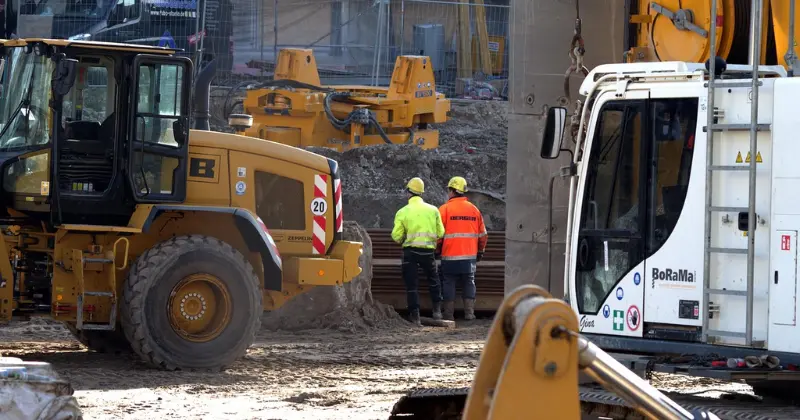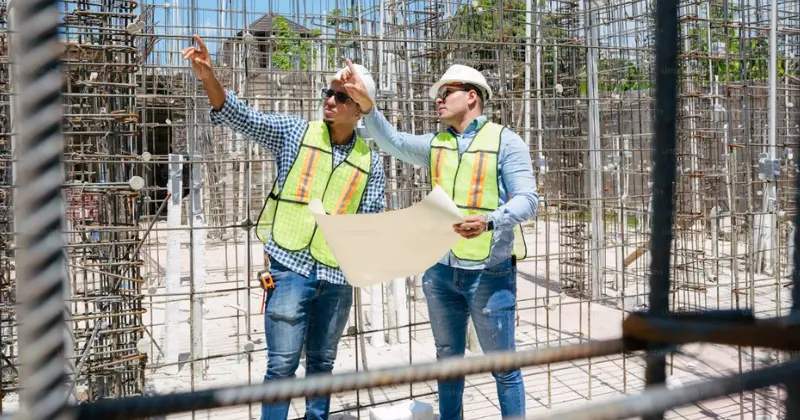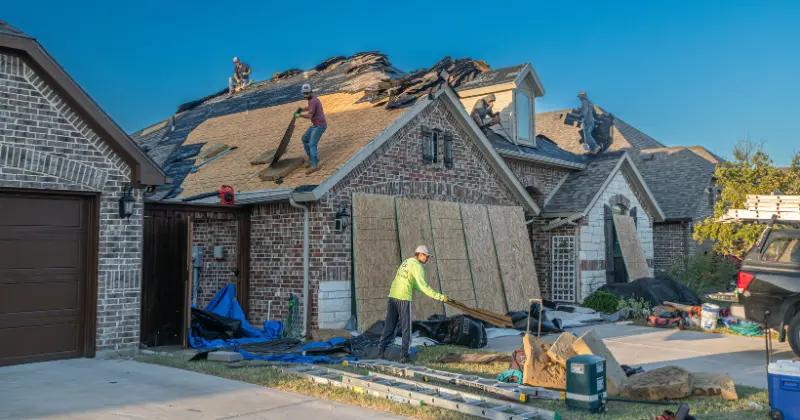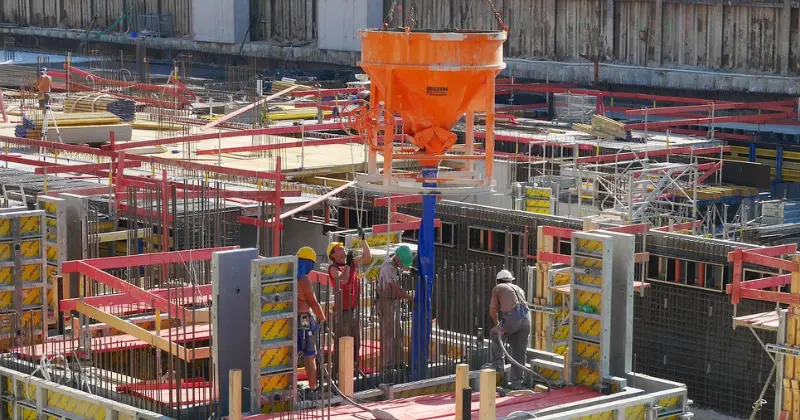10 mins read
The Basics of Construction Meetings: Preparation, Execution, and Follow-up
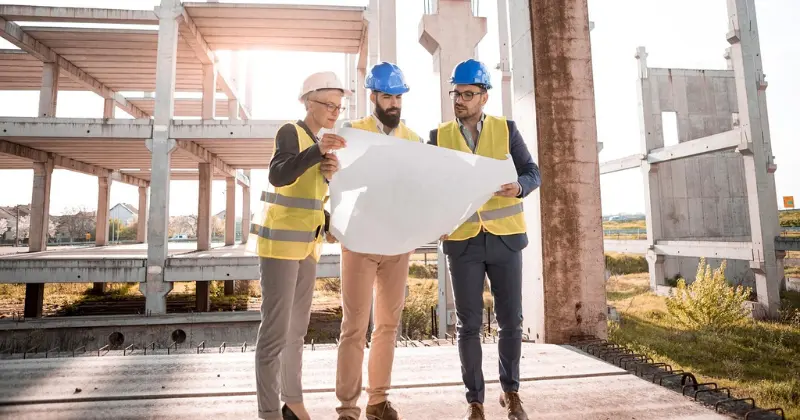
Meetings to exchange ideas, provide status updates, and brainstorm solutions are common and necessary occurrences in almost every industry, and construction is no exception. Busy project teams must make time to discuss important topics and milestones throughout the project, so it is essential to make each construction meeting as productive as possible.
In this blog post, we examine the purpose and scope of construction meetings to gain deeper insight into the typical meeting formats in each project phase. We also review some tips and best practices that ensure each meeting is worth the time and effort spent on preparation and participation.
Why Are Construction Meetings Important?
Meetings in construction provide a structured environment for stakeholders, including contractors, architects, construction engineers, and consultants, to discuss project status, highlight new or potential risks, and make decisions collaboratively. While Email messages and informal conversations are sometimes adequate to resolve problems or communicate issues quickly, meetings include formal agendas and minutes to improve traceability by capturing key decisions and action items in writing.
Construction meeting topics range from quality and safety to expense management and schedule compliance, so they also create an opportunity for participants to learn more about the current project status, express their concerns to other stakeholders, and establish accountability for follow-up actions with buy-in from the entire team.
Types of Construction Meetings

There are many different types of meetings, each with different formats, goals, and outputs. The topics and attendee lists change depending on the project phase and purpose.
Preconstruction
A preconstruction meeting is an organized gathering of the full project team just prior to launch. Typically held in person at or near the jobsite, these meetings allow all stakeholders to meet and align on critical scope and timeline issues. The kickoff meeting also helps to establish communication and reporting expectations, and provides an opportunity to answer any questions related to design elements or building methods.
OAC meetings
As the name suggests, OAC meetings (owner-architect-contractor) bring these three key decision-makers together to discuss important budget, schedule, and personnel issues, review overall project status, and collectively complete change orders, RFIs and other important deliverables. A weekly or bi-weekly schedule is typical, with the contractor organizing the meetings and publishing the agenda in advance.
Site meetings
The attendees and discussion points for OAC meetings and site meetings are often similar, but the latter format is always held at the construction site so that each participant can review progress and issues firsthand. Site meetings leverage the physical presence of team members to review important tasks while conducting an informal walkthrough, rather than sitting in a conference room. In addition to the OAC group, subcontractors, quantity surveyors, and safety officers might also be included, depending on the specific meeting priorities.
Safety briefings
The high incidence of jobsite injuries and accidents make daily safety briefings another worthwhile construction meeting type. These brief, in-person gatherings are usually held just before the start of a new activity or project phase to discuss topics like safety training, hazard identification, reporting methods, and personal protective equipment (PPE) use. These meetings are led by supervisors, foremen, superintendents, or other on-site leaders directly responsible for the health and safety of their crews.
Closeout meetings
A project closeout meeting is a one-time forum organized to discuss project completion and finalize deliverables at the end of each project. These meetings serve as the formal transition between the construction and operational lifecycles of the building. Agenda items usually include document handover, punch list completion, and client sign-off. A closeout meeting might also include a “lessons learned” segment to discuss issues and challenges that can be applied to future projects.
How to Prepare Construction Meetings
Anyone who has attended, led, or organized a meeting would agree that preparation is the key to turning a random collection of stakeholders into an organized and productive forum for collaboration and decision-making. Preparation activities should begin long before the start of the first meeting, and continue throughout the project.
Before the meeting
Key pre-meeting preparation tasks include the coordination and distribution of meeting invitations, the organization of reference documents, presentation slides, and facility arrangements, and pre-meeting check-ins to clarify expectations with each invitee. The construction meeting agenda is the most critical item, since it provides a preview of topics to be discussed and helps attendees understand when and how their input will be needed.
During the meeting
Even the best agenda will not lead to a successful meeting without effective time management and tracking during the meeting. The meeting organizer can easily become preoccupied with note-taking, sidebar conversations, and their own presentations, so appointing an independent meeting facilitator is a good way to ensure the agenda timing is maintained and all attendees are actively participating in the discussion. “Parking lots” are another effective tool to keep meetings on track, with off-topic (and valuable) discussion points captured to include in follow-up meetings.
After the meeting
Construction meeting minutes should always be distributed as quickly as possible, and include a recap of the discussion along with a list of attendees and all action items highlighted during the meeting. Actions should include the due date and the responsible party (by name) to avoid confusion over accountability. Standard meeting minute templates and construction management software tools help to track actions from meetings and incorporate them into the overall project task list.
Key Construction Meeting Tips

Meetings are certainly nothing new in the construction industry, but project teams and clients have developed a new appreciation for time management in recent years, with aggressive schedules, complex project scopes, and geographically diverse teams making it essential to utilize available time wisely. Basic practices ensure the benefits of construction meetings justify the time and resources expended.
1. Include the right stakeholders
Each meeting has a distinct purpose and scope, so it is important to have the right stakeholders included in different types of construction meetings. For example, construction architects may not be mandatory attendees for every safety review or site meeting, but their presence is mandatory for preconstruction and OAC meetings. More is not always better when it comes to meeting attendance, since unnecessary invites can lead to inattention that makes it more difficult to keep the group focused.
2. Encourage participation
Attending meetings and participating in meetings are two different things. One-way conversations lacking a fruitful exchange of ideas can be conducted just as effectively online. In-person meetings that bring the right stakeholders together provide an opportunity to enhance problem-solving and build consensus on important issues, but these benefits are diminished without active participation from everyone. Right-sized invite lists, breakout sessions, and roundtable forums that give each attendee an adequate chance to speak prevent meetings from being dominated or monopolized by one person or group.
3. Visit the site
Online meetings add convenience and flexibility to accommodate our busy schedules, but there is still no substitute for in-person meetings and conversations. This is especially true in the construction industry, where new team members may be working together for the first time, and the site itself can become the most useful “visual aid”. Access to the site allows everyone to view work in progress and discuss issues and solutions in real time, while improving project familiarity and team morale during the meeting.
4. Avoid back-to-back meetings
Meeting overload has become a chronic problem for businesses of all types, as online meeting software makes it easier to schedule and conduct meetings from almost anywhere. Construction meetings can lose their relevance and impact when they are held too frequently, and take too much time and attention away from project deliverables. Back-to-back meetings also limit preparation and follow-up time, leading to increased meeting fatigue and diminishing returns with each additional gathering.
5. Utilize construction collaboration software
Construction collaboration software supports effective meetings and presentations by providing access to standardized templates for agendas and minutes, creating a shared repository for meeting history and action items, and giving teams instant access to design, planning, and contract documents before, during, and after the meetings. These capabilities augment digital tools like videoconferencing, 3D modeling, virtual reality, and AI-powered audio capture that streamline meeting preparation and effectiveness.
Conclusion
The benefits of construction meetings hinge on the effort put into preparation, planning, and execution. When the right stakeholders meet to resolve issues or share information based on clearly defined topics and time limits, improved teamwork, insight, and morale are among the results. Construction software makes these meetings easier to manage and conduct, while enriching the content and experience for each attendee.
RIB Software includes purpose-built, integrated solutions for document control, planning, takeoff & estimation, cost control, and other essential functions, and improves collaboration and teamwork by providing a single source of project truth. Connected workflows and customizable dashboards bridge gaps between the office, field, and meeting room.
To learn more about the many ways RIB Software solutions can improve your construction meeting efficiency and results, get a free demo today!
Most Recent
10 mins read
11 mins read
10 mins read
11 mins read
Blog Categories

Ebook




